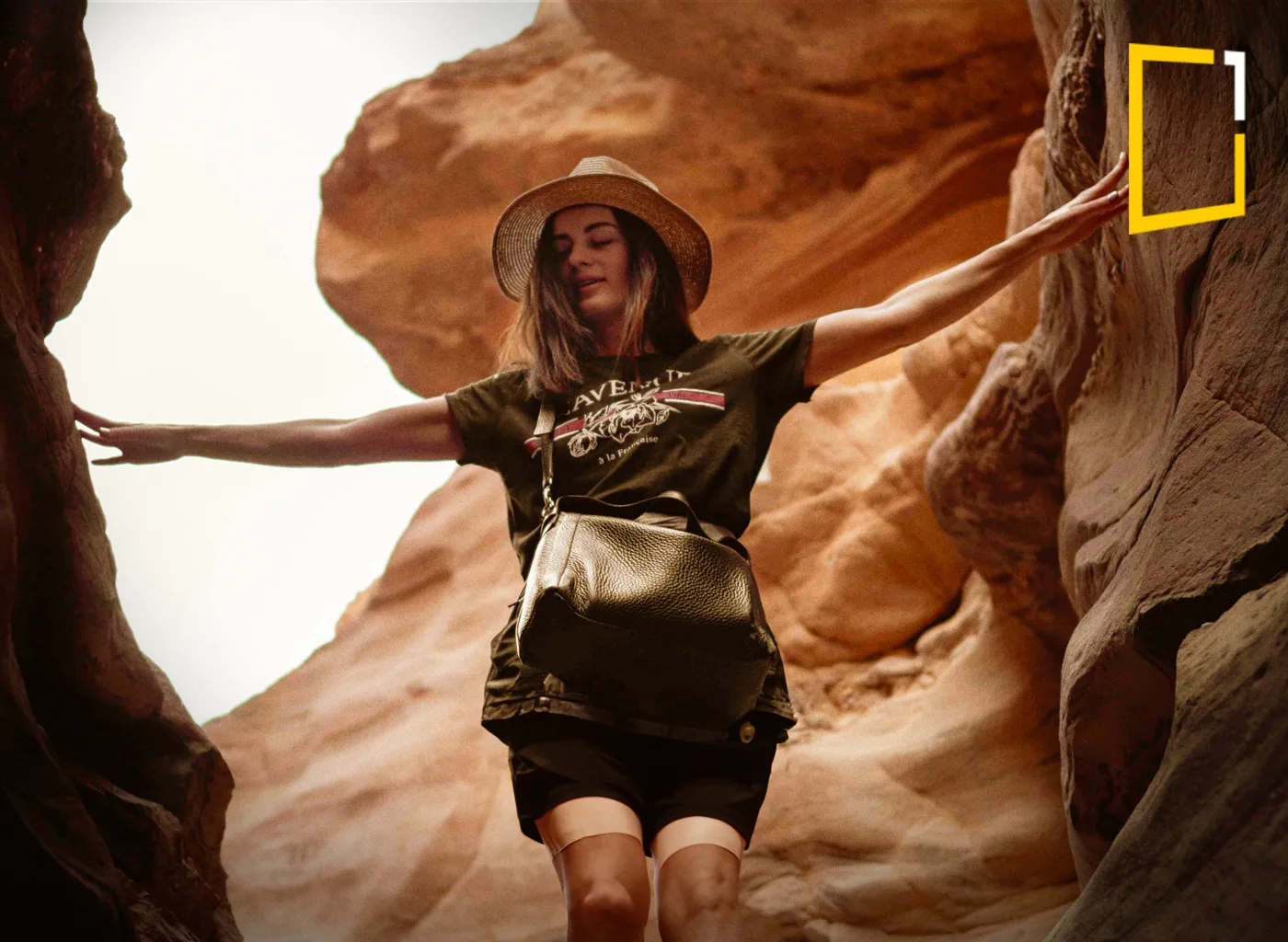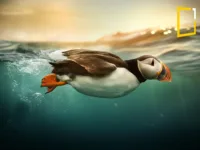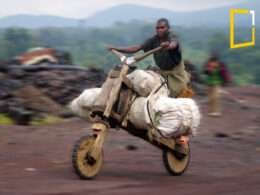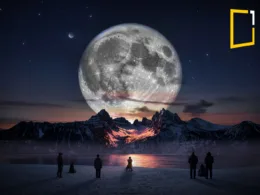Canyons are among the most breathtaking natural features on Earth, captivating the imaginations of geologists, adventurers, and nature lovers alike. But have you ever wondered, how are canyons formed? In this blog post, we’ll delve into the fascinating processes that shape these majestic landscapes in a simple and easy-to-understand manner.
The Basics of Canyon Formation
At their core, canyons are deep valleys with steep sides, carved over time by natural forces. The formation of canyons involves a combination of erosion, weathering, and tectonic activity. Let’s explore these processes in more detail.
Erosion: The Primary Sculptor
Erosion is the primary force behind the formation of canyons. This process involves the gradual wearing away of rock and soil by natural elements such as water, wind, and ice. Rivers, in particular, play a crucial role in canyon formation through a process known as river erosion.
- River Erosion: As rivers flow, they carry sediment and debris. Over millions of years, the constant flow of water erodes the riverbed and banks, cutting deep into the rock and soil. This creates a V-shaped valley that can eventually become a canyon. The Grand Canyon in the United States is one of the most famous examples of a canyon formed by river erosion.
- Glacial Erosion: In colder regions, glaciers can also carve out canyons. As glaciers move, they scrape and grind against the rock beneath them, creating U-shaped valleys that can develop into canyons. The fjords of Norway are stunning examples of glacially carved canyons.
Weathering: Nature’s Slow Work
Weathering is the breakdown of rocks and minerals at the Earth’s surface through chemical, physical, and biological processes. While it works more slowly than erosion, weathering is a vital contributor to canyon formation.
- Chemical Weathering: This occurs when water, air, and other chemicals react with minerals in the rock, causing them to break down. For example, carbonic acid formed from carbon dioxide and rainwater can dissolve limestone, contributing to canyon formation.
- Physical Weathering: Physical forces such as temperature changes, freeze-thaw cycles, and the growth of plant roots can cause rocks to crack and break apart. These smaller pieces are then more easily carried away by erosion.
- Biological Weathering: Organisms like plants, animals, and microorganisms can also contribute to weathering. For example, plant roots can grow into rock cracks, causing them to expand and eventually break apart.
Tectonic Activity: Shaping the Landscape
Tectonic activity refers to the movement of the Earth’s crust, which can create significant changes in the landscape. When tectonic plates shift, they can cause the land to uplift, creating mountains and plateaus. Over time, rivers and glaciers can erode these elevated areas, forming canyons.
- Uplift and Downcutting: As tectonic forces uplift a region, rivers gain more potential energy, increasing their ability to erode the rock. This process, known as downcutting, allows rivers to carve deeper into the landscape, forming canyons.
- Faulting: Fault lines, where tectonic plates meet and move past each other, can also create fractures in the Earth’s crust. These fractures can become the starting points for canyon formation as rivers exploit these weaknesses and erode the rock along the fault lines.
Famous Canyons Around the World
To truly appreciate the beauty and diversity of canyons, let’s take a virtual tour of some of the most famous canyons around the world:
- The Grand Canyon (USA): Perhaps the most famous canyon in the world, the Grand Canyon was primarily formed by the Colorado River over millions of years. It stretches 277 miles long and reaches depths of over a mile.
- The Copper Canyon (Mexico): A group of six canyons in the Sierra Madre Occidental, the Copper Canyon is larger and deeper than the Grand Canyon. It was formed by a combination of river erosion and tectonic activity.
- The Fish River Canyon (Namibia): This is the largest canyon in Africa, carved by the Fish River. It is known for its striking rock formations and dramatic landscapes.
- The Yarlung Tsangpo Grand Canyon (China): Often considered the deepest canyon in the world, it was formed by the Yarlung Tsangpo River. This canyon is notable for its remote location and breathtaking scenery.
Conclusion
Understanding how canyons are formed allows us to appreciate the power and beauty of natural forces. Whether it’s the gradual work of a river, the grinding movement of a glacier, or the dramatic shifts of tectonic plates, each canyon tells a unique story of the Earth’s dynamic processes.
So next time you stand at the edge of a canyon, take a moment to marvel at the incredible journey that created such a magnificent landscape. And if you’re curious to learn more about the wonders of our natural world, be sure to check out our other blog posts and subscribe to our YouTube channel for more educational content!
—————————————————————
Thanks for joining this wild ride. Stay curious, stay tuned, and let’s make our world brighter!
Check out the latest blog and video on YouTube and learn something new today.
Attention, all readers! To deepen your understanding and stay informed on the latest news and trends, be sure to click on the link to access more informative articles.
Join the family by liking us on Facebook, or follow us on Twitter and Instagram.
If you liked this story, sign up for the weekly OneMinuteExplore features newsletter called “The Essential List”. A handpicked selection of stories from OneMinute Nature, Wildlife, Culture, Travel, Stories, and more… delivered to your inbox every Weekend.
👉 We may earn a commission from purchases made through links in this content, but it won’t affect your price. Rest assured, our recommendations are based on thorough research and genuine belief in the products. Your support through these links helps us continue providing valuable content. Thank you for your support!













